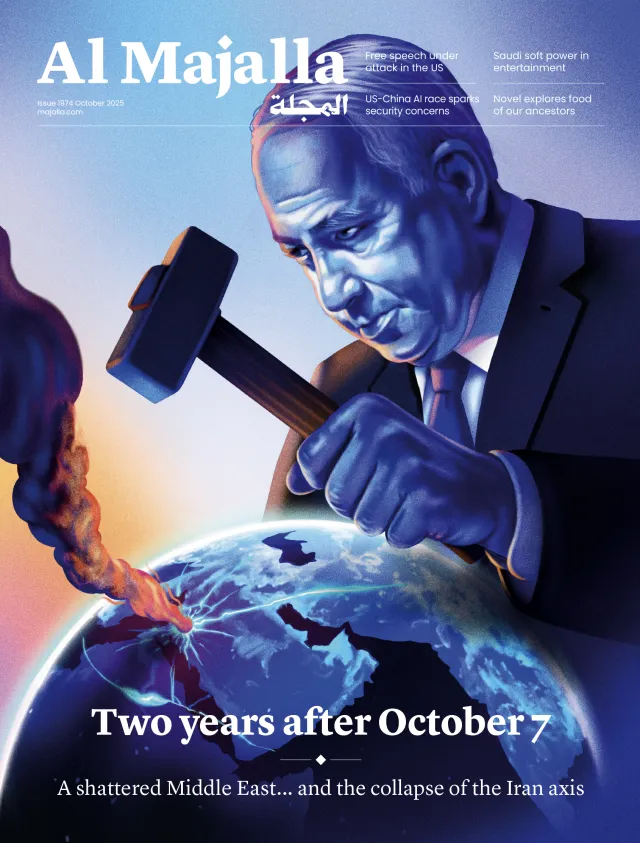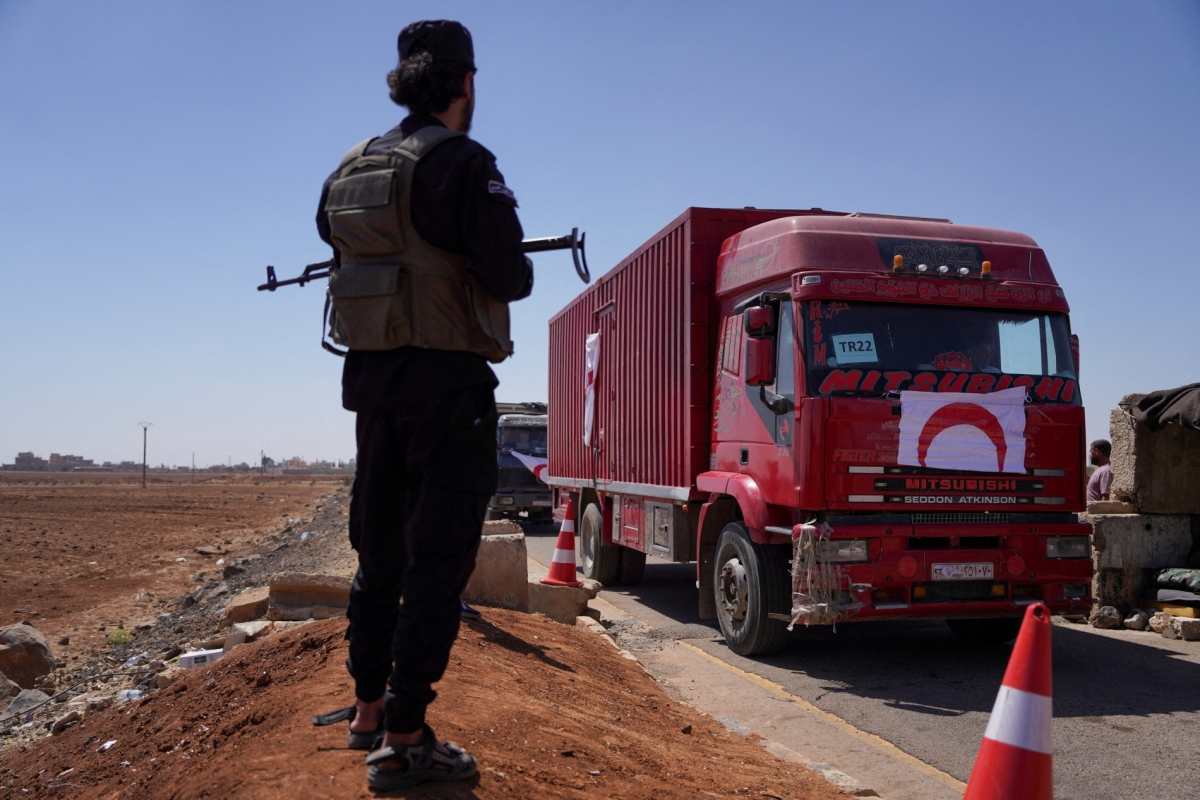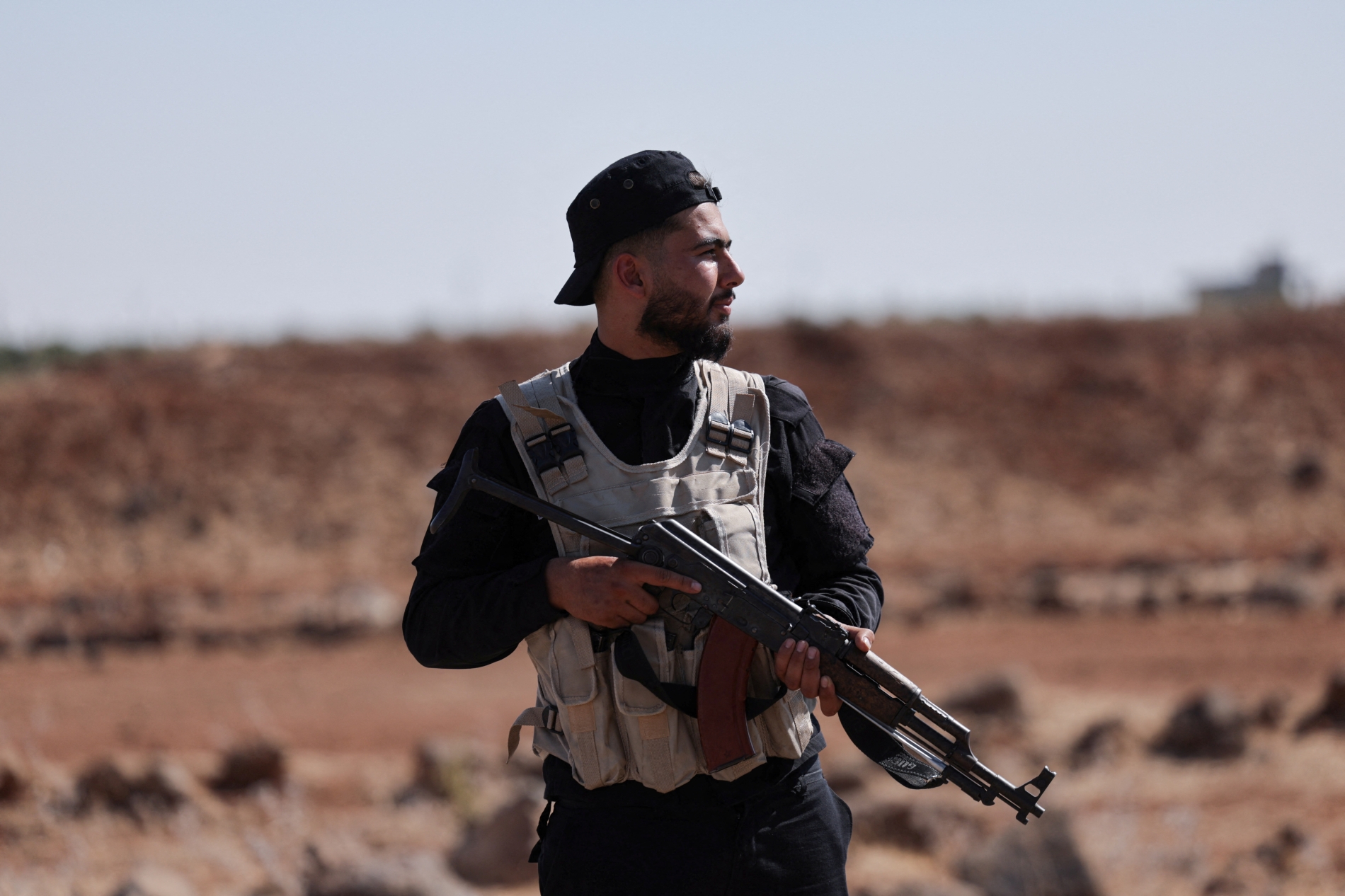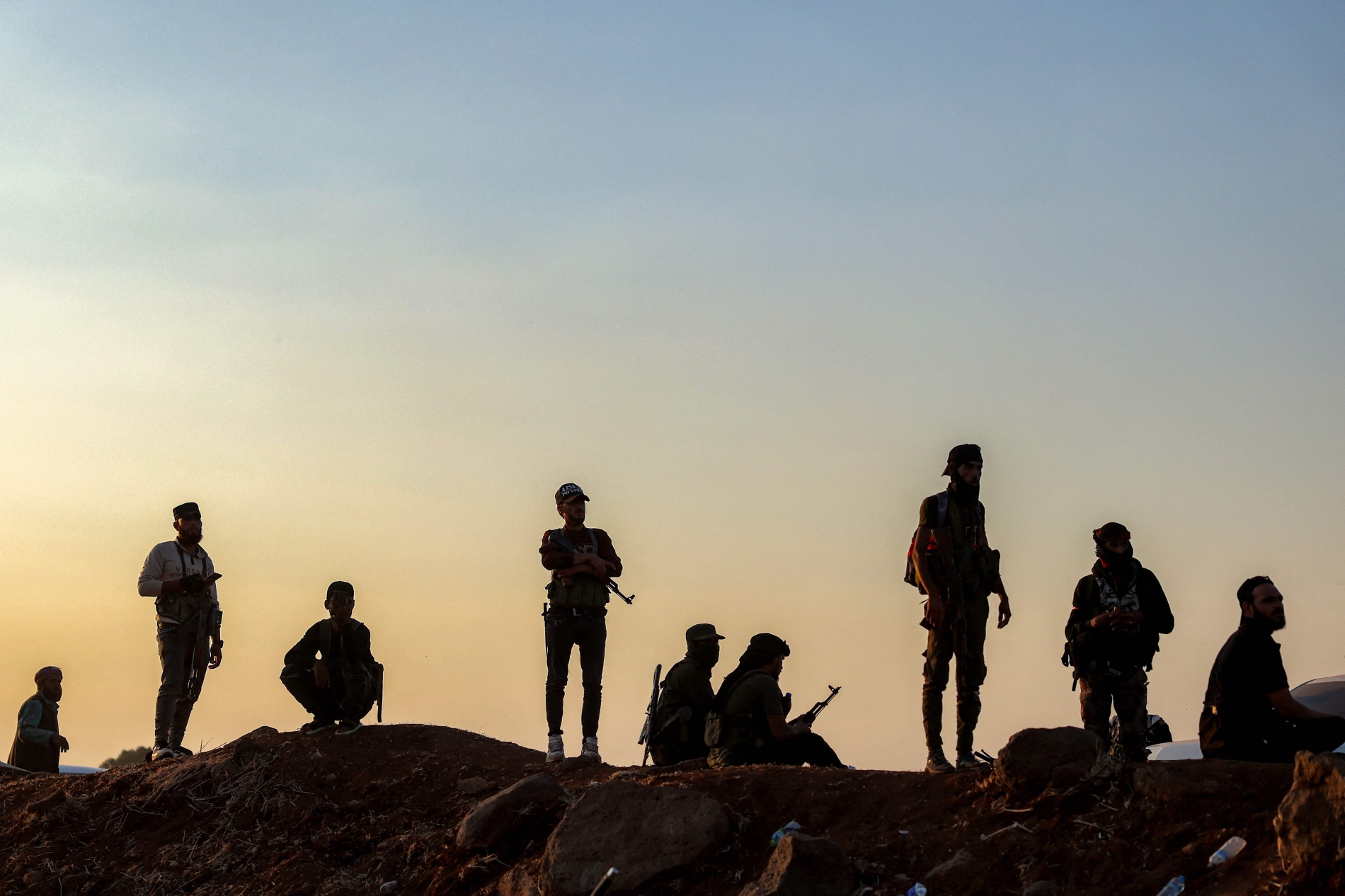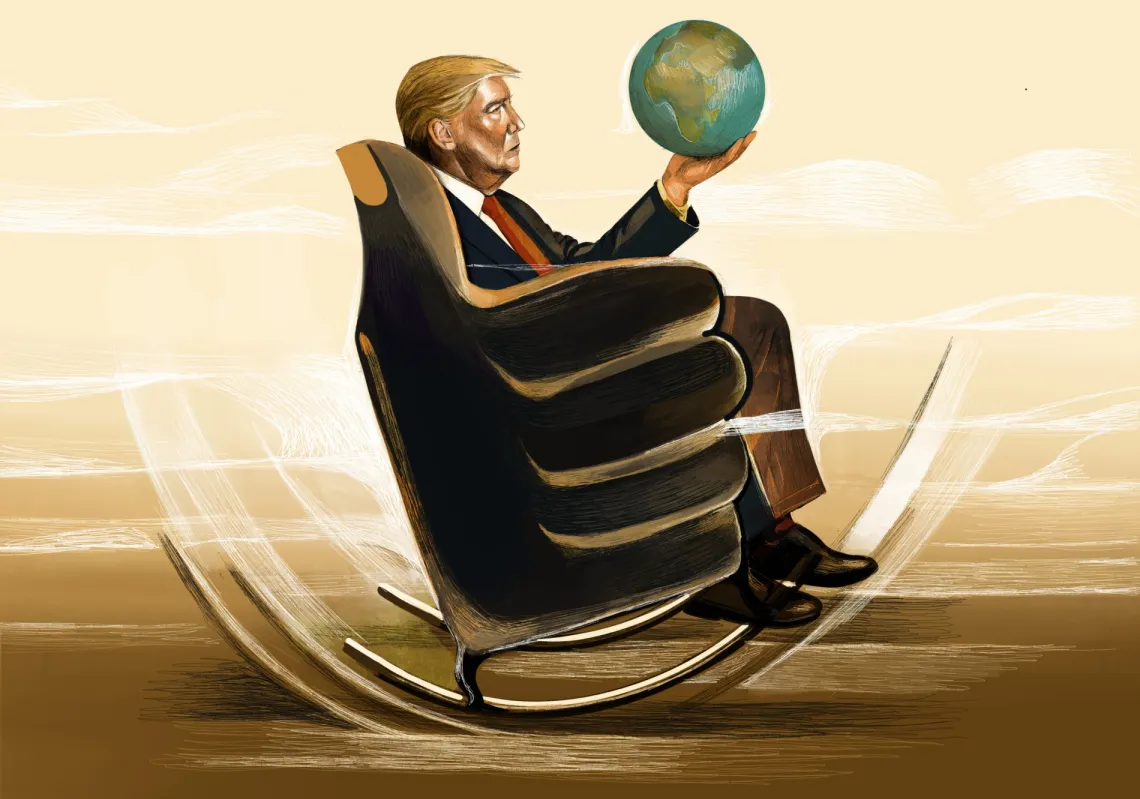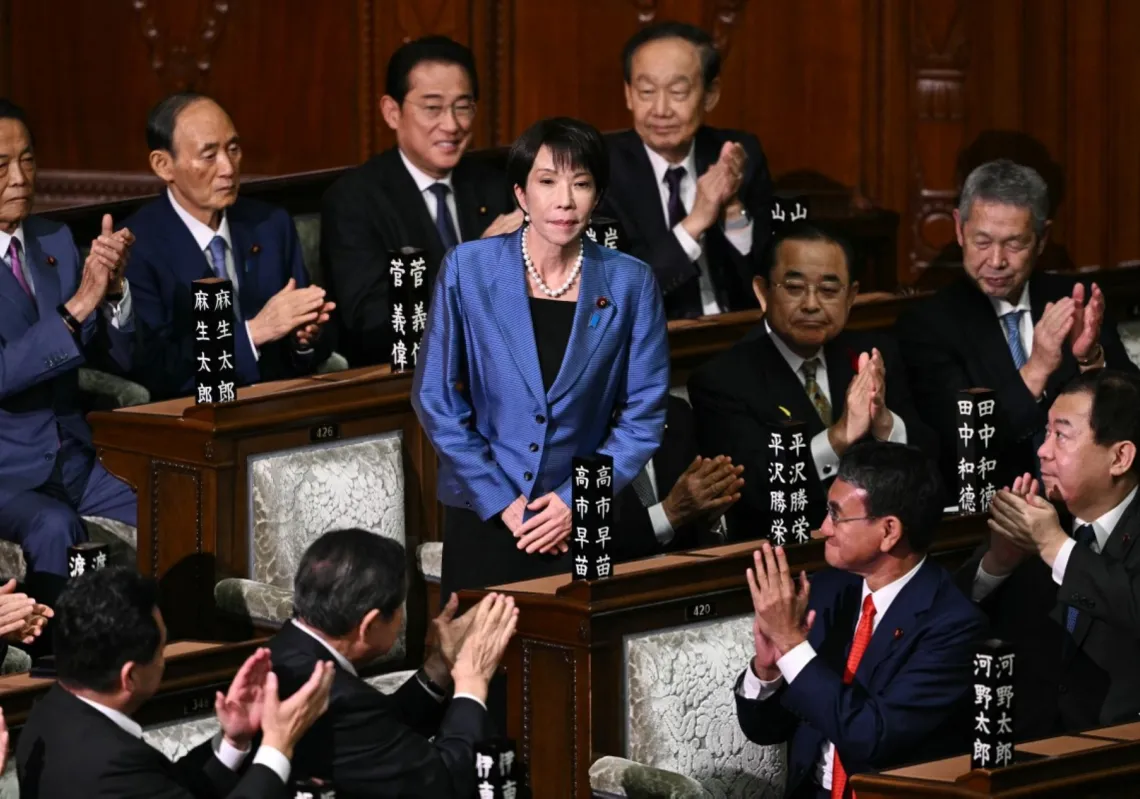The violence in Sweida over recent days has illustrated not only Syria’s deep complexity but also the need for patience and prudent policymaking to bring calm to the country. While not necessarily suggestive of a complete failure of leadership in Damascus, it shows definitively that there is still a pressing need to integrate ethnic and religious minorities into the broader Syrian state-building project.
The severity of the violence in the southern Syrian city marks a critical juncture for the new regime’s trajectory, as well as for all other actors, both internal and external. To understand where things may be heading, it is essential to understand the region’s demographic composition, with Sweida being home to a significant concentration of Druze, alongside Bedouin tribes.
Tensions between these two communities stretch back many years, with various militias emerging with different agendas. Some were based on familial or clan loyalties, some maintained relatively stable relations with the Assad regime, while others took a more independent stance, determined to hold on to the autonomy they had de facto established during the war years. On the Bedouin side, divisions tend to follow tribal lines.
Leverage and authority
Syrian President Ahmed Al-Sharaa was compelled to intervene in the clashes that broke out between the rival factions and sought to leverage the moment to reinforce central authority. It remains unclear whether the brutality and cruelty displayed by his forces were carried out at his directive or were a result of local escalation on the ground, possibly influenced by the composition of the forces involved, including foreign fighters.
What is clear, however, is that he lost some political capital, both internationally and domestically, particularly in the eyes of Syria’s ethnically and religiously diverse population.

